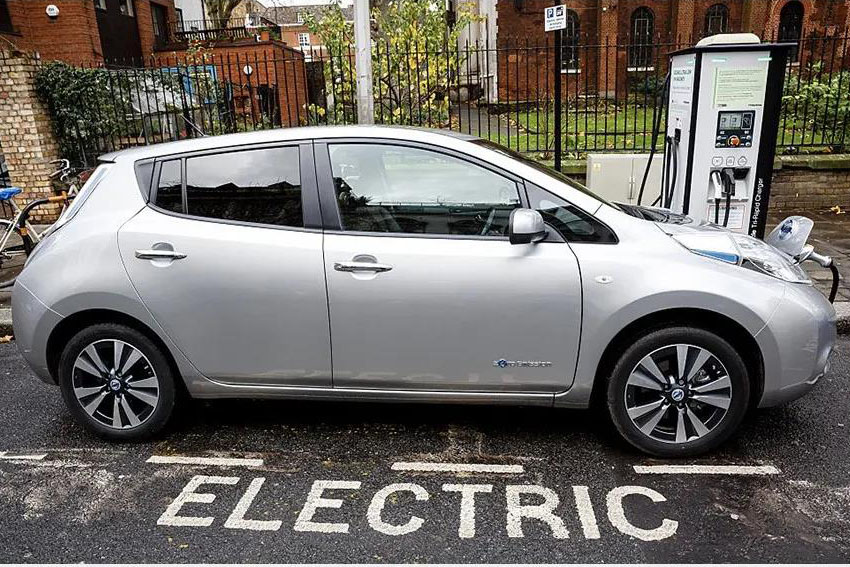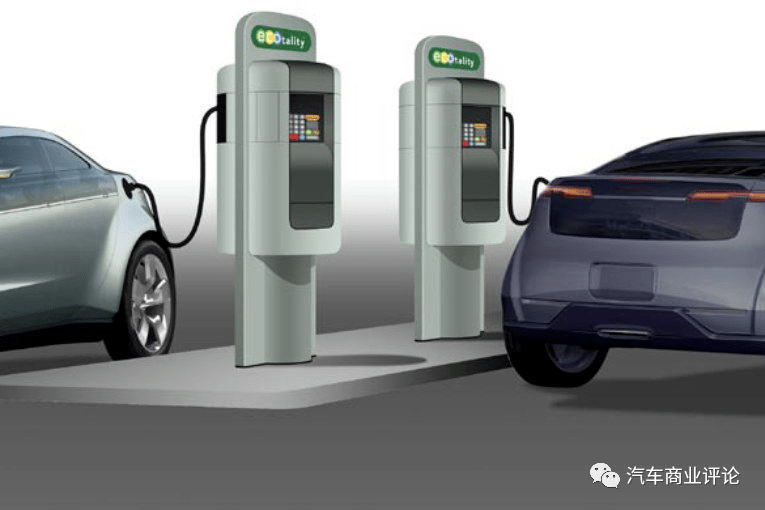

Write an article / Ma Xiaolei
edit / Tu Yanping
design / Zhao Haoran
source / Blommberg, Author: Liam Denning
Originally, the petroleum industry would just concentrate on finding “oil barrels”. You don’t have to worry about other things at all, but electric vehicles have overturned the “iron rice bowl” of others.
Goldman Sachs’ latest forecast shows that road fuel consumption will reach its peak in the next five years. For the stone giants, one way to solve this problem is to replace the gas pump with a charging pile.

The main difference between charging an electric car and refueling an ordinary car is that the former can usually be charged at home or at work. Most electric car owners also use this charging method, and it is likely to continue. However, their charging speed is often very slow and cannot cover the needs of all situations.
It is estimated that by 2040, fast public charging piles will account for about a quarter of car electricity demand.
Public fast charging stations are most similar to the existing gas station business, and some oil giants have already started operations. For example, BP Plc has currently installed about 10,000 charging piles, and plans to reach 70,000 by 2030. This represents a major investment, because the cost of fast charging piles is as high as $50,000, and it also needs to provide funds for local grid upgrades. To achieve this goal means that as many people as possible need to enter these charging stations.
According to a recent report by Oswald Clint, an analyst at Bernstein Research, the current 10%-20% utilization rate of fast charging piles only yields 7%-9% return on investment capital. If the utilization rate exceeds 30%, that is, about 7 hours in every 24 hours, the rate of return will jump to more than 30%, which is more like a reason to persuade oil investors to make green investments.
This utilization threshold is consistent with the work of Chris Nelder of the Rocky Mountain Institute on the economics of vehicle charging and the predictions of Fastned BV, an independent fast-charging network in the Netherlands.

Bernstein’s analysis assumes that drivers pay 60 cents per kilowatt hour for fast charging, which is equivalent to more than $5 per gallon of gasoline. This is competitive in Europe where road fuel is highly taxed, but not necessarily in the United States, where the average oil price today is less than $3.
In addition, as Nelder’s work has emphasized, the demand for utilities based on the peak electricity consumption of industrial and commercial customers can greatly increase the cost of electricity supply. Adding these costs and operating expenses, a fast charging pile with a utilization rate of 20% may cost 50 cents per kilowatt hour, which is equivalent to $4 per gallon to cover its costs, and there is no profit margin. However, if the utilization rate is increased to 35%, it is equivalent to the oil price cost falling below US$2.9.
Bernstein’s Clint calculated that the fuel retail industry in the United States and Europe currently generates a gross profit margin of approximately $125 billion. He estimated that by 2040, fast charging may generate 35 billion U.S. dollars, rising to 56 billion U.S. dollars by 2050. In order to get a share of the pie, the oil giants must increase the relevant cash flow as much as possible to expand the profit pool and keep customers engaged.
Convenience retail is a typical additional service that contributes most of the gross profit to US gas stations, and can be upgraded and expanded to newer services, such as e-commerce delivery. However, most existing gas stations may not be suitable for providing charging services. The best places to set up fast charging piles should be those where you can spend more time, while establishing new charging infrastructure in specialized facilities, such as shopping malls or parks.

Oil giants have long had fleet refueling operations. Bernstein’s Klint estimates that this has brought a steady gross profit of US$1 billion per year for Royal Dutch Shell. This can be extended to commercial and municipal customers (accounting for one-fifth of the estimated demand in 2040), seeking a reliable energy supplier for the electrified fleet. Depot-scale charging facilities revolve around a major customer, including shared car fleets, to provide scale and reliable use.
At the same time, ordinary electric car drivers can be bound to it through a service plan. For example, in the deregulated electricity market in parts of Europe and the United States, Shell may provide homeowners with retail electricity, including their electric vehicles. Considering the average driving pattern, the vast majority of the trips are short distances, and all the costs of electrified driving can compete with gasoline, even at the premium of fast charging during the journey.
More importantly, this may provide drivers with things they can’t get in gasoline, such as stable fuel costs. In theory, the price of an electric car can be like a mobile phone package, covering the regular driving mode with a fixed fee and providing recharge services for long-distance travel.
None of this is so easy to achieve. Electricity is a beast completely different from oil. It has its own incumbents, utilities, and new entrants surfing the wave of green financing. There are more unknown factors, especially self-driving cars may redraw the charging map. As RMI’s Nelder said, “It’s impossible for us today to avoid building tomorrow’s stranded assets.”
Minimizing this situation means preparing for the future of electrification. The oil giants have great power to use, especially their huge scale. However, success depends precisely on what the industry is not good at: how to turn monopolistic goods into competitive consumer services.





























































You must log in to post a comment.